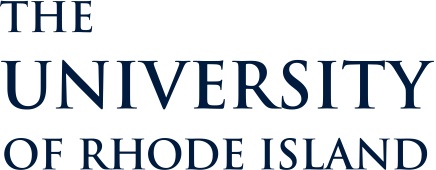Newswise — KINGSTON, R.I. — May 3, 2022 – A recent expedition to the Puerto Rico Trench took what researchers believe to be the deepest water core samples ever taken in the Atlantic. They’re also the deepest water cores taken anywhere in the oceans since 1962.
University of Rhode Island Professor of Oceanography Steven D’Hondt and Marine Research Scientist Robert Pockalny led the expedition, along with students and scientists from URI, and the Universities of California San Diego, Puerto Rico Mayaguez, Washington, and Munich. The group recently completed a three-week trip aboard the Armstrong, operated by the Woods Hole Oceanographic Institution. Their mission is to investigate how microbes living beneath the sea floor respond to a high-pressure environment.
“We worked just north of Puerto Rico, taking cores that range in water depth from about 500 meters to the greatest depths of the Atlantic Ocean,” D’Hondt said.
The team’s equipment reached a depth of 8,385 meters for samples taken from Feb. 21 through Feb. 25, 2022.
“I was happy that we were able to go that deep, but I wasn’t surprised,” said D’Hondt. “The coring system, which was built by Woods Hole Oceanographic, was built to operate over the full range of water depths, and the people running the coring system, who are from Oregon State University and Woods Hole were committed to getting it right.”
D’Hondt described a system of synthetic rope and a weighted pipe as part of the coring process. The piston is at the top of the outer corer, and the piston with the coring devices sits just above the sea floor. The weight is on the piston, and that drives the coring device down around it. D’Hondt compares it to a syringe that can reach many meters into the sea floor.
The samples began to provide information right away, and they will continue to be analyzed in different ways for decades to come. “We walked off the ship with the very first analyses, but there are different timelines of analyses that will be done. The next will probably take two or three years, but we will continue getting results from these samples for a decade or more. We froze pieces of the sediment at minus 80 Celsius. So, people in 5 or 10 years will have ideas about how to use these samples in new ways and then they can go back to them.
“We’re doing this to understand things that people don’t know yet. We’re doing this for scientific exploration of life beneath the sea floor. In this case, we’re working to understand how that life responds to pressure. But it’s also important to realize that this effort to take and analyze samples from beneath the deep seafloor is a cooperative process. A lot of people from a lot of institutions are contributing in a very direct way. And it’s going to provide opportunities to even more people from even more institutions down the road.”




